Growing marigold in your garden adds aesthetic and landscape. Marigolds bloom in mid-late spring and will last for three months. During this season, marigold is prone to disease and pest infestation. Have you seen white spots on your marigold plants?
The red spider mites cause white spots on marigolds. They leave white weaves of webs, feed off your plants, turn the leaves yellow, and slowly kill your marigolds.
Would you like to learn how to get rid of red spider mites and white spot weaves? Do you want to find out more diseases prone to marigolds? Continue reading because we will tackle all of these in this article.
What Causes White Spots On Marigold?
Red spider mites are difficult to see, and you need the help of magnifying glass. You will initially notice mites infestation once you see white spots on your marigold's leaves. These mites weave white webs, which makes it easier to spot them.
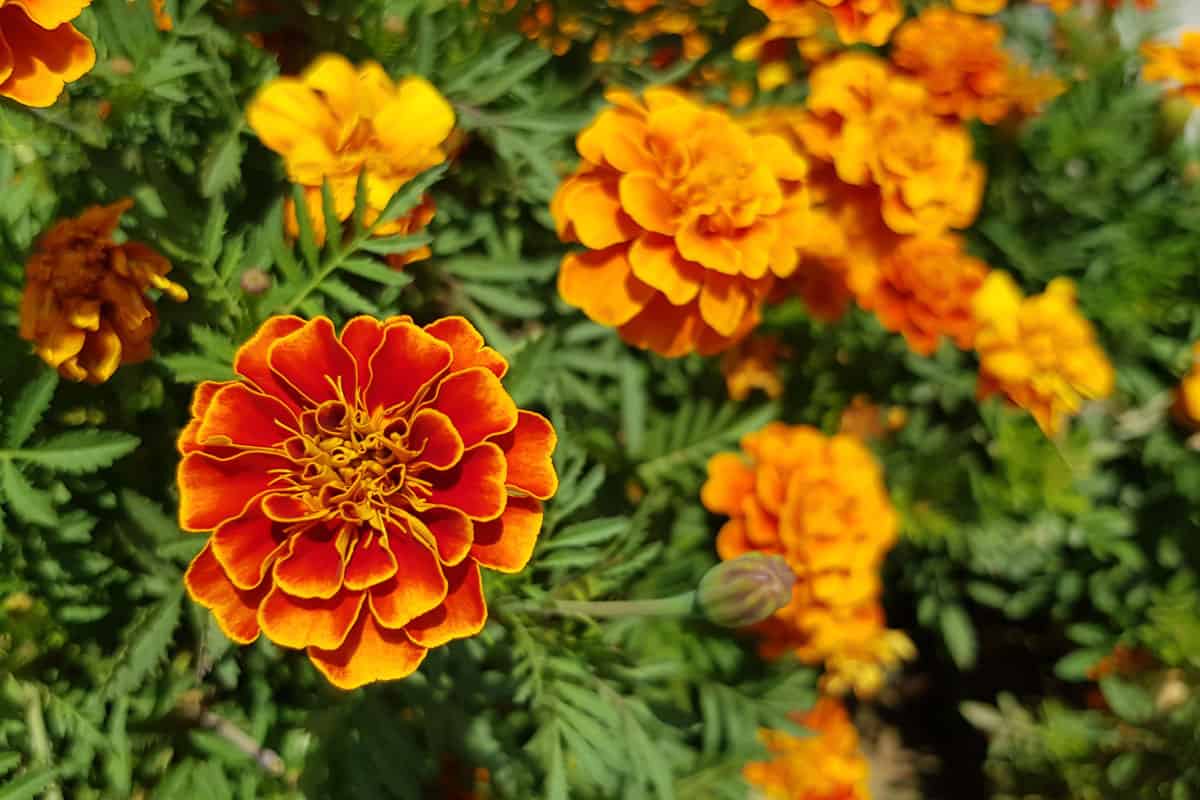
Red spider mites love dry air, which helps them quickly spread through the wind. They attack not only your marigold but other plants in your garden.
What Are The Tell Tale Signs That Marigolds Have Red Spider Mites?
These are the signs that your plants have read spider mites infestations:
- There are cottony webs on the underside of the leaves.
- You see visible white or yellow spots on leaves and different parts of the plants.
- They look like dust on the leaf's underside. If you use a magnifying glass, you will see them moving.
- Leaves are curled up and seem to feel off.
How To Get Rid Of Red Spider Mites?
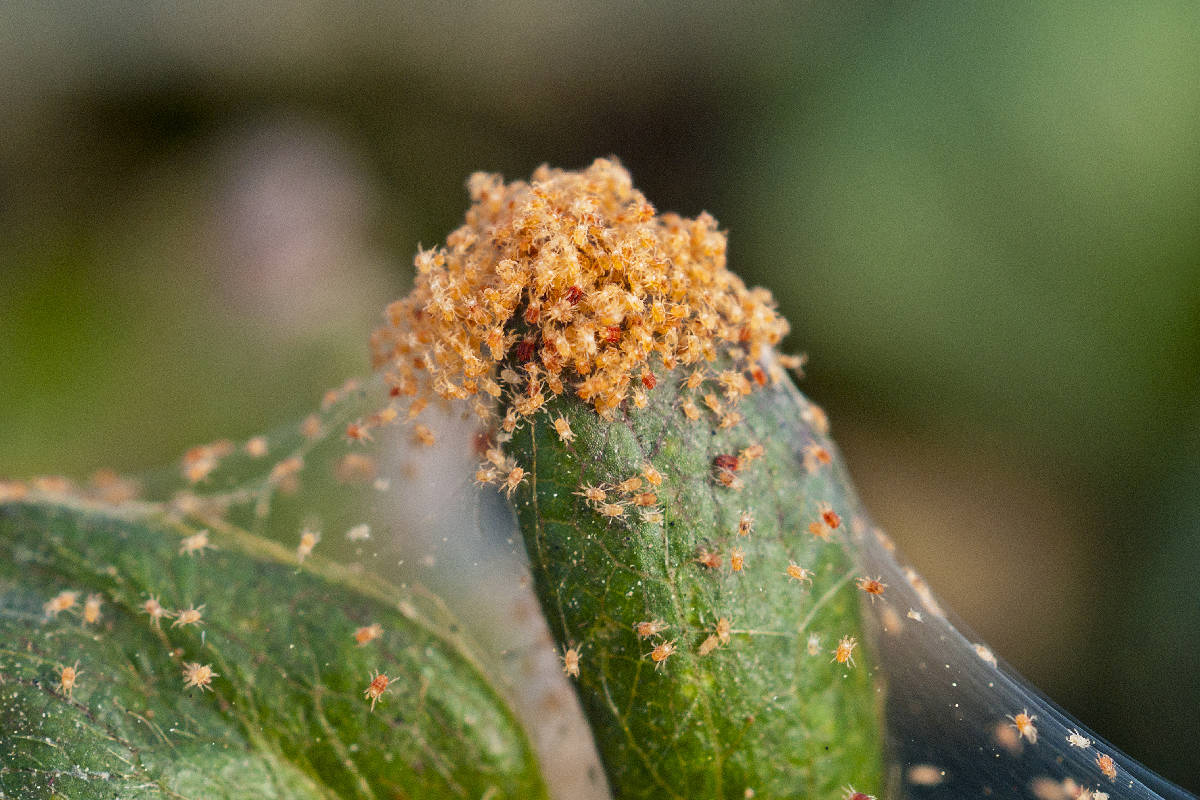
These red spider mites only live for about four weeks but spread fast, and eggs hatch within three to four days. Controlling and getting rid of them as early as possible will save you from further trouble.
Here are the steps you can use to get rid of red spider mites:
Isolation
Isolate the infested plants. Identify which plants have an infestation. Find a place to isolate them to avoid further spreading out. They can colonize other plants through the wind and rain.
Cutting And Dispose
Start cutting and removing the affected areas. Throw the cut parts and dispose of them properly, far from your place. Avoid mixing them in the compost because they can survive in the soil and may crawl back to your other plants.
Repotting And Washing
Since red spider mites can survive in soil, you may need to replant your marigolds in a new soil mix. Remove the plants from the soil and wash them using a spray hose. Let it dry. Wash the pot or use another container.
Pest Control
Use these natural methods to control pests:
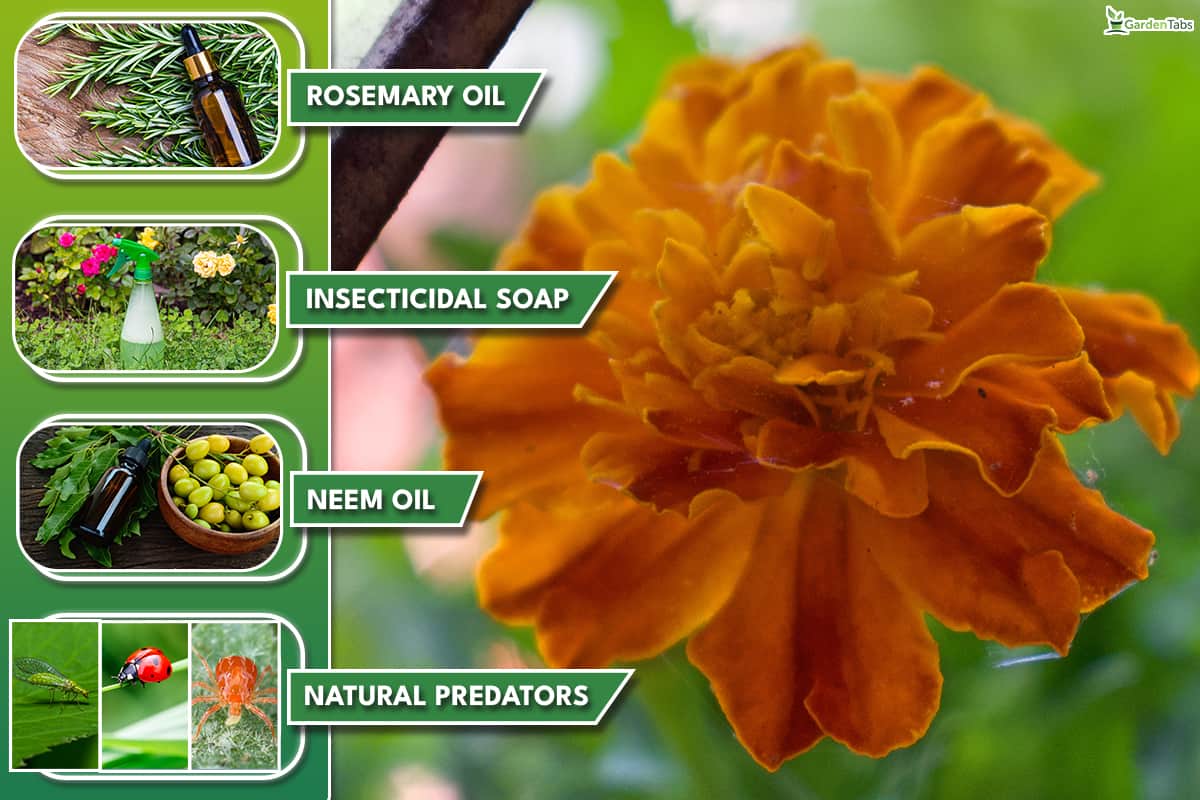
Rosemary Oil
Research says Rosemary oil is effective against red spider mites and doesn't harm the plant. Rosemary oil is also safe for the environment.
Insecticidal soap
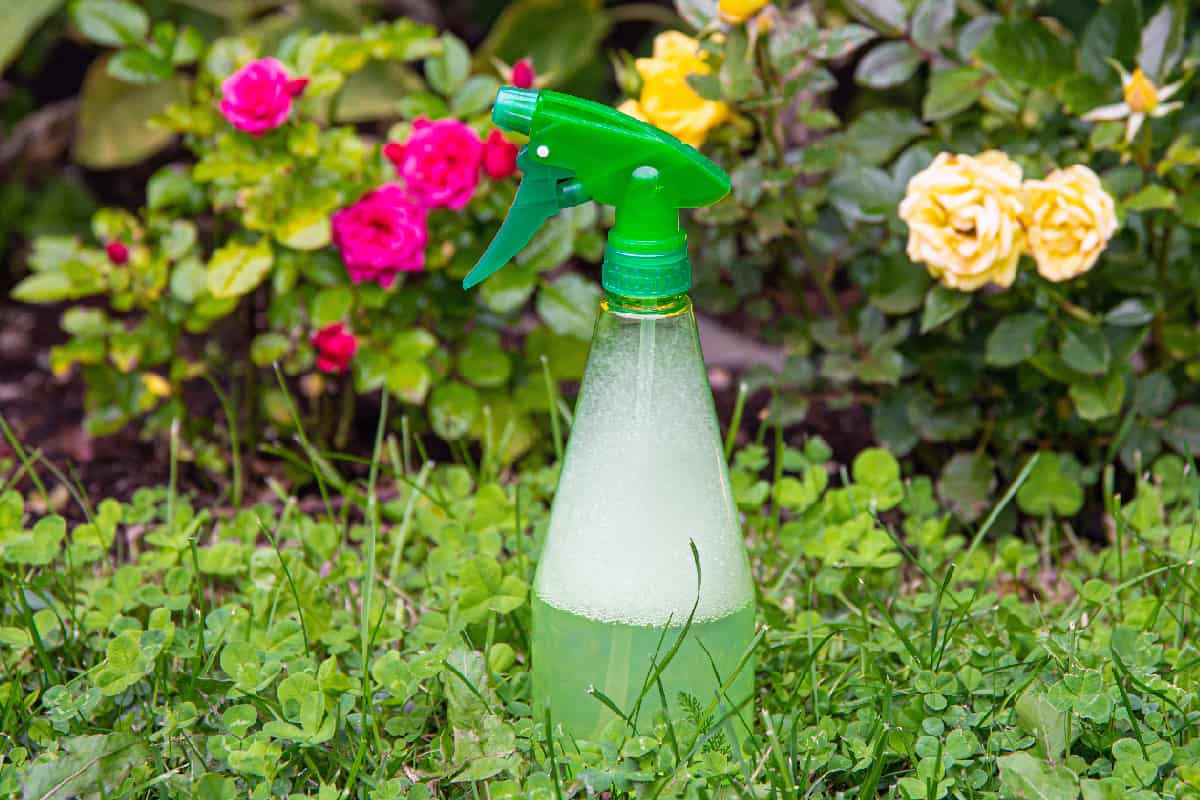
You can use homemade insecticidal soap. Mix water and foamy liquid soap in a spray bottle. Spray the mixture directly on the infested plants.
Mix one gallon of lukewarm water, 1-2 tablespoons of cooking oil, and 1-2 tablespoons of mild soap.
Neem Oil
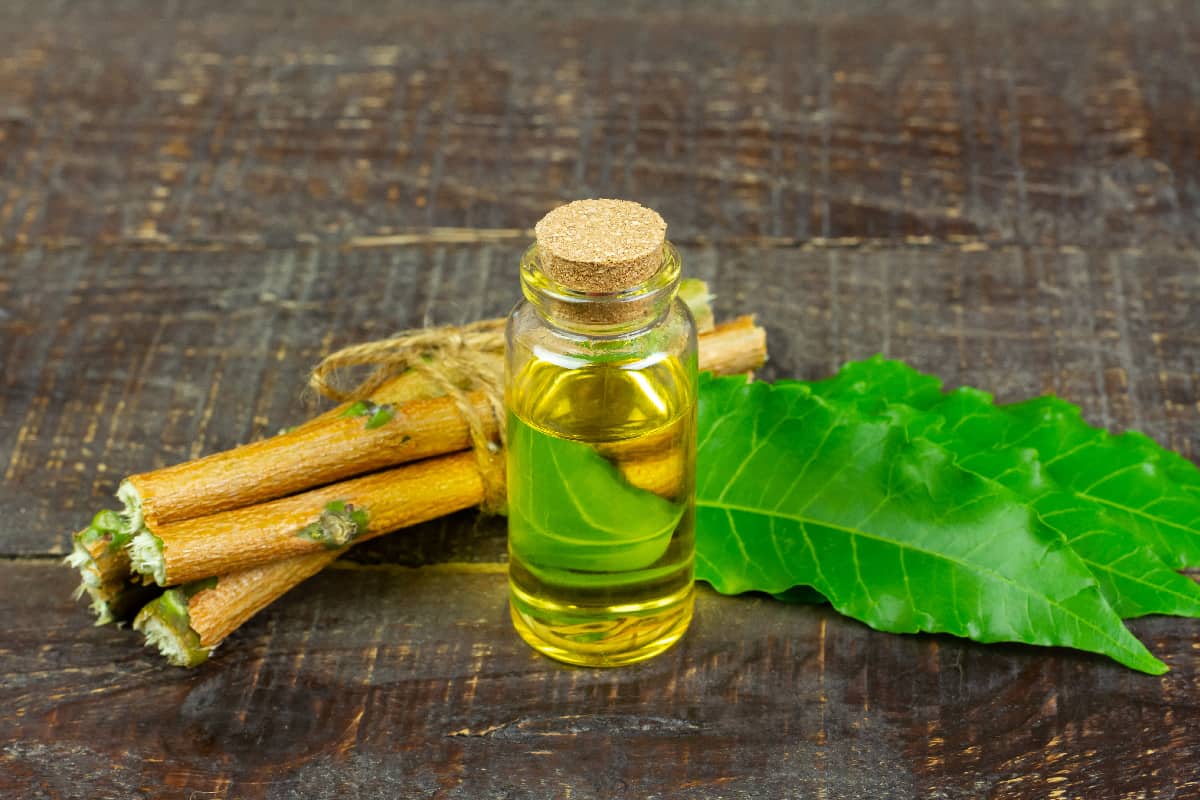
Extracted from the Neem tree, Neem oil provides health benefits and practical use in controlling pests. This oil has multiple microbial compounds and fatty acids that act as antioxidants.
Natural predators
Natural predators such as lacewings, ladybugs, predatory mites, and more can control pests around your garden. Avoid using strong chemicals such as miticides and pesticides that can harm them.
What Are The Diseases Of Marigold?
Marigolds are prone to diseases when they are in wet and warm conditions, and listed below are some of the diseases that could harm your plants:
Botrytis Blight
Botrytis cinerea is a fungus that spreads on dying, wounded, and dead plants. These fungi attack plants' healthy tissues. Pores develop on tissues, flower petals wilt, and leaves turn yellow.
There are ways to control botrytis:
- Cut and remove all dried and dead leaves on the plant and its surroundings. Dispose of them properly.
- Overwatering will spread the fungus more. Water the plants only if the top soil is dry.
- Check if the soil and roots are affected. Replant marigolds in a new well-drained soil mix. Before replanting, wash the plant and its roots using running water.
- Put enough spaces between plants for better air circulation.
- Use a natural fungicide to control current and future fungal diseases.
Rots
Marigold root and stem rot caused by Phytophthora fungi are common fungal attacks on marigolds. The roots and stem rot due to poor soil drainage. The roots have difficulty absorbing moisture and nutrients from the soggy soil, resulting in fungi attacks. The marigold foliage with turn yellow and wilt.
Ways to control stem and root rot:
- Remove and isolate the plant with root rot from your garden to avoid spreading.
- Check if you can still save the plant. Wash it with running water and spray a natural fungicide to control root rot.
- Replace the old soil. Use a well-drained soil mix.
- Use a container that drains well, or bleach the old one before using it again.
Mildew
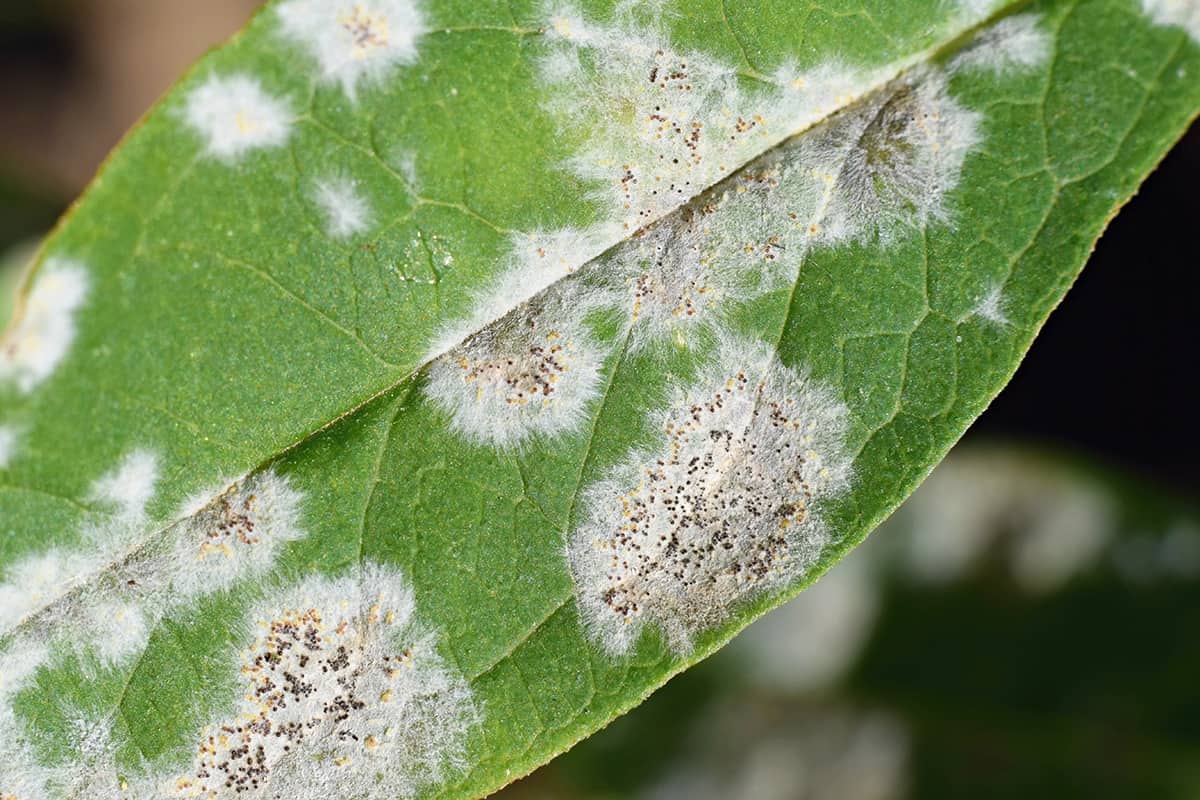
The common fungal disease, powdery mildew, causes gray or white mold on marigolds and other plants. The leaves may have abnormal growth and turn yellow, and black or orange balls may form when the season ends.
Here are the steps to control powdery mildew spread:
- Remove and isolate the infected plants to prevent further spread out.
- Put spaces between plants to avoid overcrowding and avoid spreading of fungi.
- Avoid overwatering and overfertilizing. High nitrogen levels make the fungi thrive more to the new plant growth.
- Spray fungicide on the nearby plants. Select a fungicide that has copper, thiophanate methyl, or sulfur.
- Clean the infected plants using water spray if needed to save them. See if you can still transplant them to a new soil mix and container. Spray fungicide to control the disease.
- Throw the soil used with diseased plants and avoid mixing in compost. The old potting soil may contain the disease that infected the plant.
What Are The Recommended Organic Fungicides?
Listed below are our recommended organic fungicides you can use for your marigolds:
Grower's Ally Fungicide
Grower's Ally Fungicide is OMRI listed for organic garden uses. This fungicide is a natural fungal disinfectant used to treat powdery mildew and other pathogens. You can harvest the same day, 2 to 3 hours after application.
Click here to check Grower's Ally on Amazon.
Bonide Natural Fungicide
Bonide controls fungi and diseases in your garden. This fungicide is ideal for organic gardening and safe for organic produce and harvest on the day of application. You can apply copper fungicide to vegetables, ornamentals, fruits, and other garden plants.
Bonide Natural Fungicide contains copper, an effective ingredient in controlling garden diseases, including black spots, powdery mildew, blight, peach leaf curl, and many more.
To use, shake well and apply directly to the foliage and other parts of affected plants.


Click here to check Bonide on Amazon.
Earth's Ally 3-In-1 Plant Spray
3-in-1 plant spray is a miticide, insecticide, and fungicide in one. Earth's Ally kills and repels soft-bodied insects such as aphids, spider mites, whiteflies, leafrollers, mealybugs, and scale.
This plant spray controls plant diseases, including black spots, leaf spots, powdery mildew, blight, and canker.
Naturally safe for humans, pets, and the environment; listed in OMRI as suitable for organic gardening. Proven safe for pollinators.
Click here to check the 3-in-1 spray on Amazon.
Deepthi Pure Neem Oil
Deepthi Pure Neem Oil is a miticide, fungicide, and pesticide that kills and controls beetles, aphids, leafhoppers, grasshoppers, caterpillars, spider mites, worms, scales, whiteflies, and other pests.
This product controls and prevents plant diseases such as powdery mildew and black spots. Deepthi Neem Oil is 100% all-natural with no additives.
Click here to check pure neem oil on Amazon.
Natria Neem Oil
Natria Neem Oil is a pesticide that kills spider mites, beetles, midges, fruit flies, caterpillars, whiteflies, aphids, and more.
This product is also a fungicide that controls plant diseases such as downy mildew, botrytis, black spots, powdery mildew, scales, rust, and more.
Natria is organic; safe for any indoor and outdoor plant varieties. You can spray it on fruits, delicate flowers, and vegetables.
Click here to check Natria on Amazon.
Summary
We discussed what causes the white spots on your marigold and learned the steps on how to control them. Pests and plant diseases are hard to handle, but knowing the procedures to prevent them will make your job easier.
We hope that through this article, we have helped you solve the problem. If you want to learn more about pesticides and insecticides, you may visit these posts:
Pesticides Vs. Insecticide; Which Is Best For Your Home Vegetable Garden?




